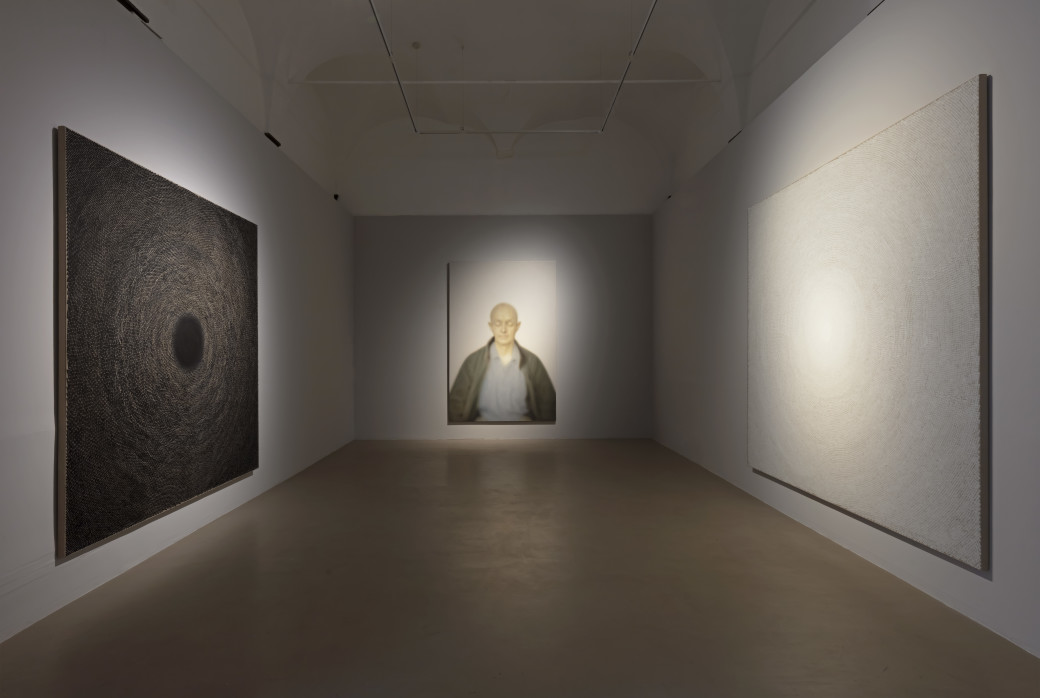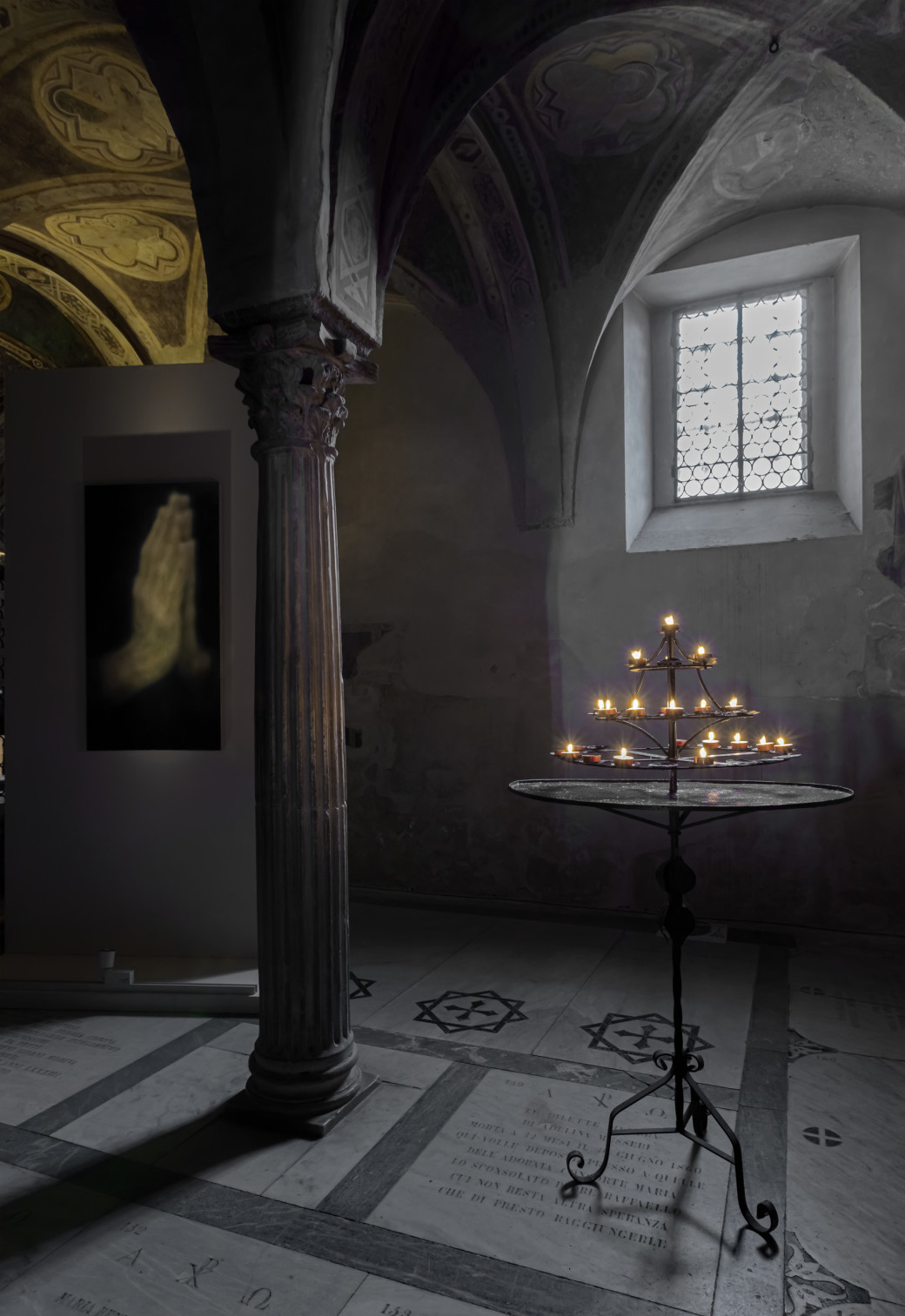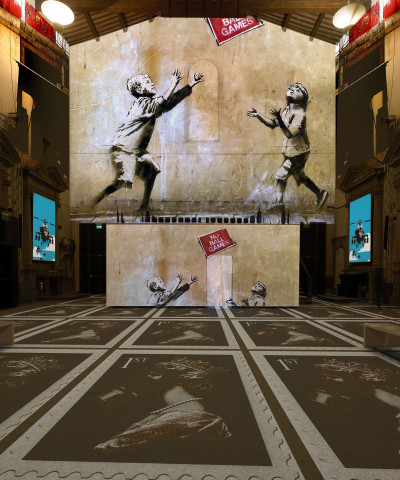A conversation with Y. Z. Kami, the star of the ‘Light, Gaze, Presence’ exhibition
Learn more about the Iranian artist on show in Florence until 24 September
The portraits by Y. Z. Kami , an Iranian artist who lives in New York, are on show at some very special venues across the city. The Light, Gaze, Presenceexhibition (until September 24) is scattered throughout the Museo Novecento, Palazzo Vecchio, Museo degli Innocenti and Church of San Miniato, taking viewers on an intimate and rarefied journey, nearly in an attempt to connecting with their souls. The same rarefied intimacy that the artist conveyed in our interview.
Your portraits capture the spirituality that we all have inside us. Is it the projection of your soul, of your feelings or do you establish a deep connection with the subject?
I’ve been painting portraits since I was a child in Iran where I grew up. My mother was also a painter who painted portraits, very academic portraits, but also still lives and landscapes. So, since an early age, my center of interest was always to paint human faces, I became a painter in order to be able to paint a face. When you start the process of painting a face, you immediately feel that it is not just an image that you are witnessing. There is an ocean of emotion, a life behind it. It has been said by different painters and art historians that a portrait is always a self-portrait. I paint to communicate with someone.
 One of the paintings in the monographic exhibition dedicated to Y.Z.Kami at the Museo Novecento
One of the paintings in the monographic exhibition dedicated to Y.Z.Kami at the Museo NovecentoIn our contemporary world we are often afraid of silence. What is it to you?
First of all, painting is a very solitary activity. I’ve been for many decades by myself in my studio while I’m painting, so silence is something that I’m very used to. But at the same time, I think that we have been missing silence because it is in the silence that we can look inside ourselves. We are totally distracted by the noise of the world, which is becoming more and more intense, through the media, through everything. My painting is just the opposite.
Museo Novecento, San Miniato, Palazzo Vecchio, Innocenti. What did you enjoy about these places and why?
Each of the places you mentioned has its own energy, its own history. To put my work in each of them, adds totally another dimension. For example, at Palazzo Vecchio, in the Salone del 500, you have all these frescoes by Vasari all around, they are all scenes of violence, massacre and war going all around this enormous hall, and inside we are showing three portraits: an elderly woman at the center and two younger men at both sides of her, one white man and one black man, and they all have their eyes closed or their gaze down. And the contrast between the Salone and the eyes, that downward gaze, is quite amazing, it gives an another dimension to the whole experience, as if that woman in the middle with closed eyes is closing her eyes not to see what’s going on in the whole room.
At the Museo degli Innocenti, I put Brunelleschi’s Dead Mask. The Innocenti was originally a hospital. The original part was built by Brunelleschi, for what I read and understood it was one of the first projects that he did in Florence. So the Dead Mask of him in this building is very touching for me. It has a special significance.
In San Miniato, I put these hands in prayer of which I’ve done many versions, in different sizes, some very huge, some smaller, which for me is a very direct sign of devotion. The hands in this particular painting in San Miniato are the hands of a friend of mine who is a Protestant priest born from a Jewish mother and a Protestant father and married to an American man.
He has very interesting hands with very long fingers, so once I asked him to sit for me to paint his hands. I found it very significant because these hands in prayer of a Protestant priest are painted by an Iranian Muslim, an American-Iranian man, so if you put it all together, the painting represents the contemporary world.
About the Bishop of San Miniato, Padre Bernardo, I found him a wonderful, very special person, very deep. I enjoyed him very much.
 The joined hands of the Tehran artist in San Miniato
The joined hands of the Tehran artist in San MiniatoWhat Renaissance masters do you love and have inspired you the most?
There are so many among the Renaissance masters that inspired me, I cannot say just one. I love Giotto, Masaccio, Piero della Francesca, Fra’ Angelico; and then the Venetians: Tiziano, Veronese, Tintoretto… a vast pantheon of great painters, and also Donatello whom I love.
In Florence I love to go to the Uffizi, to San Marco to see Fra’ Angelico, to Santa Maria Novella to see Masaccio.









